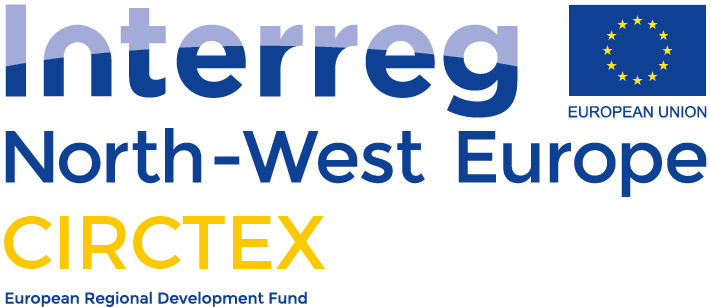Textiles are part of our daily lives, providing us with clothing, shoes, carpets, curtains, furniture, etc. for homes, offices, and public buildings. The textile industry is one of the largest manufacturing industries in the world but also one of the most polluting. In the EU, clothing, footwear, and household textiles represent the fourth highest category for the use of primary raw materials and water; after food, housing, and transport.
Reducing the environmental and climate impacts from textile production and consumption, while maintaining economic and social benefits, requires a systemic change towards circularity. However, achieving circularity in the industry still has a long way to go. Recycled fabric, especially recycled polyester, mainly comes from plastic water bottles recycling. Actual fabric is rarely recycled and often ends up as waste; it has been estimated that 4.3 million tonnes of textiles are sent to incineration or landfill every year in the EU[2]. The reasons for this are manyfold. On the one hand, polyester is often mixed with other materials, such as cotton or elastane. On the other hand, recycling requires clothing to be disassembled – a process that is time, energy, and money consuming.
The Interreg NWE CircTex project ‘Innovation towards a circular future for NWE textiles’ has been working on transforming textile waste into a circular investment. The project set up an international standard for circular textiles and implemented, tested, and approved the first 100% circular workwear collection.




